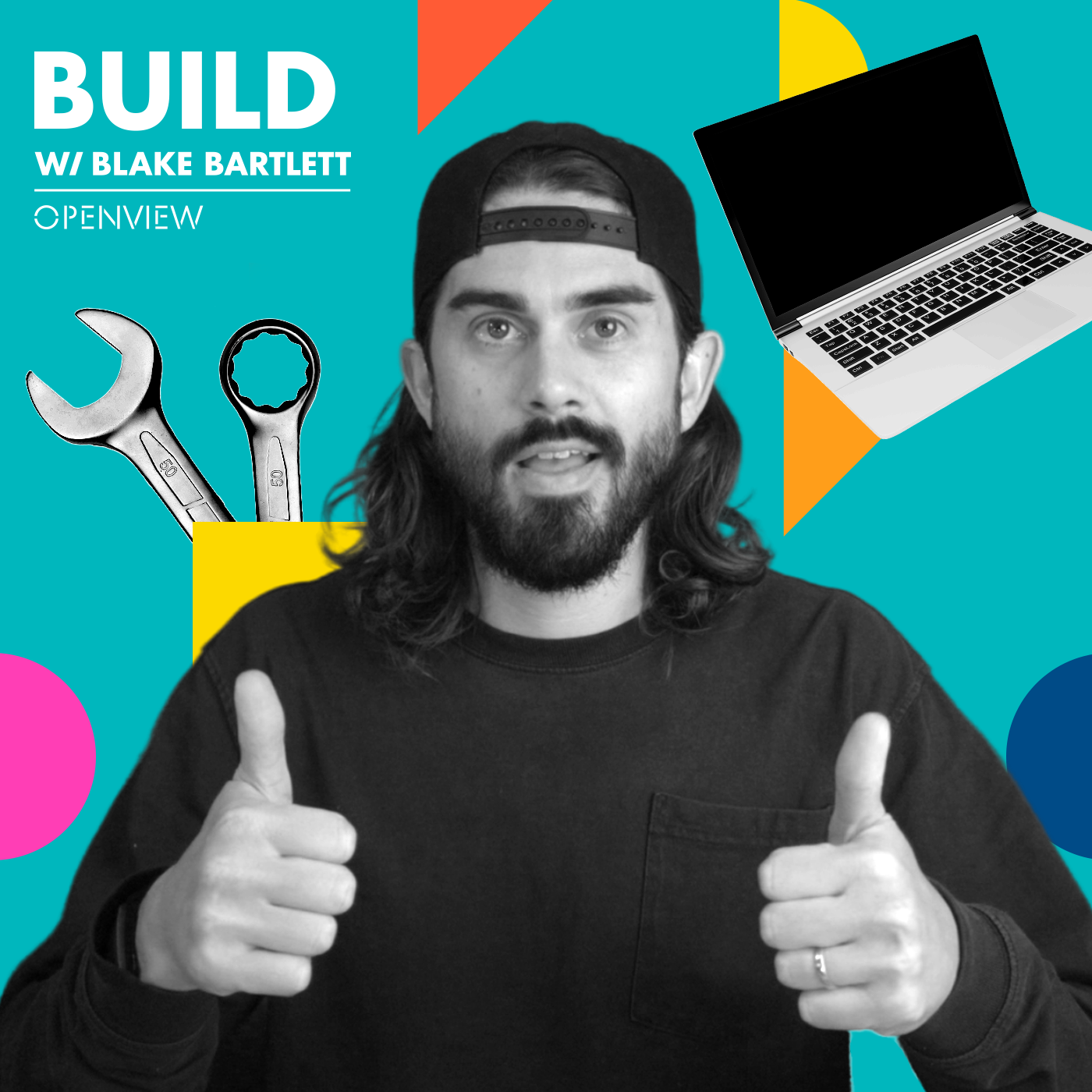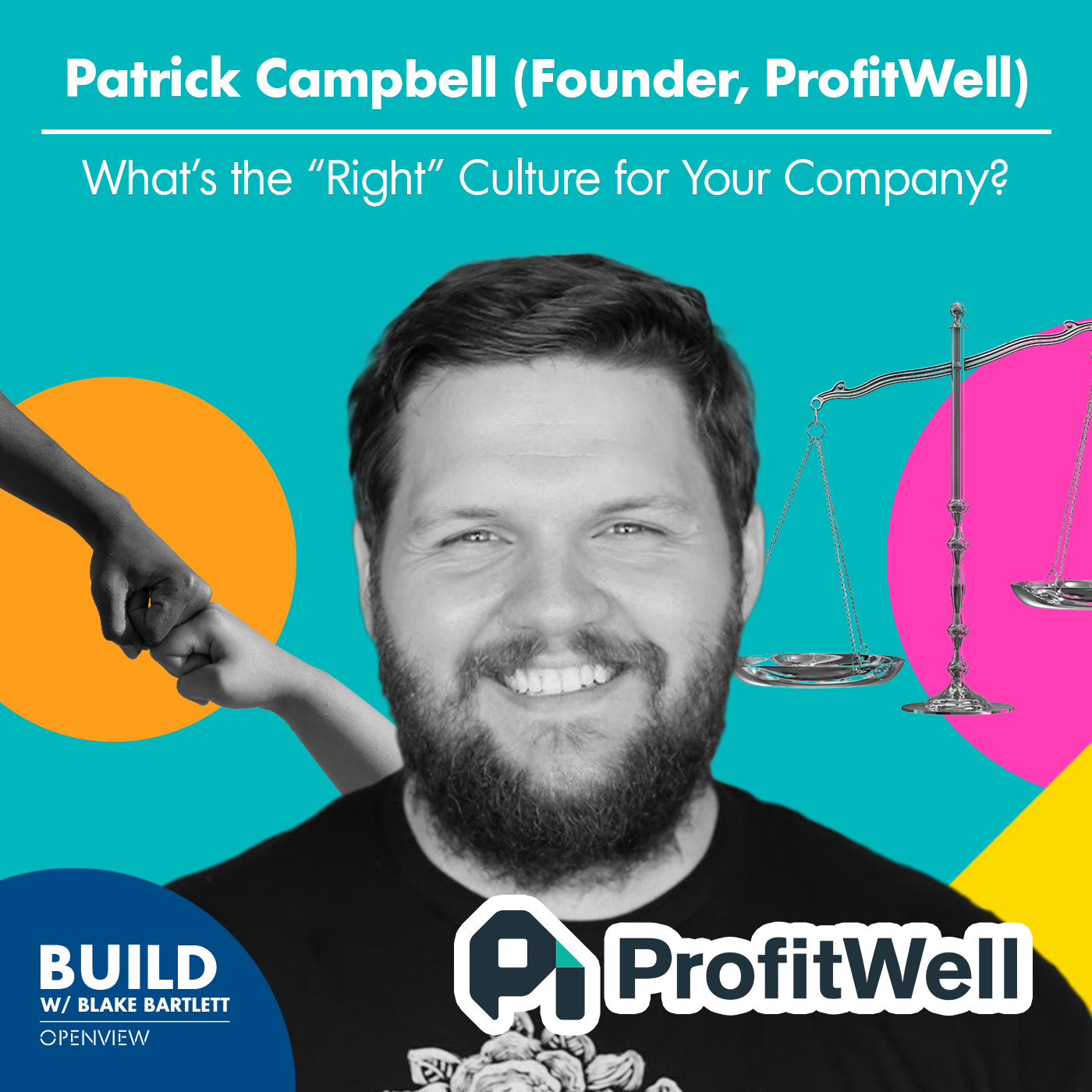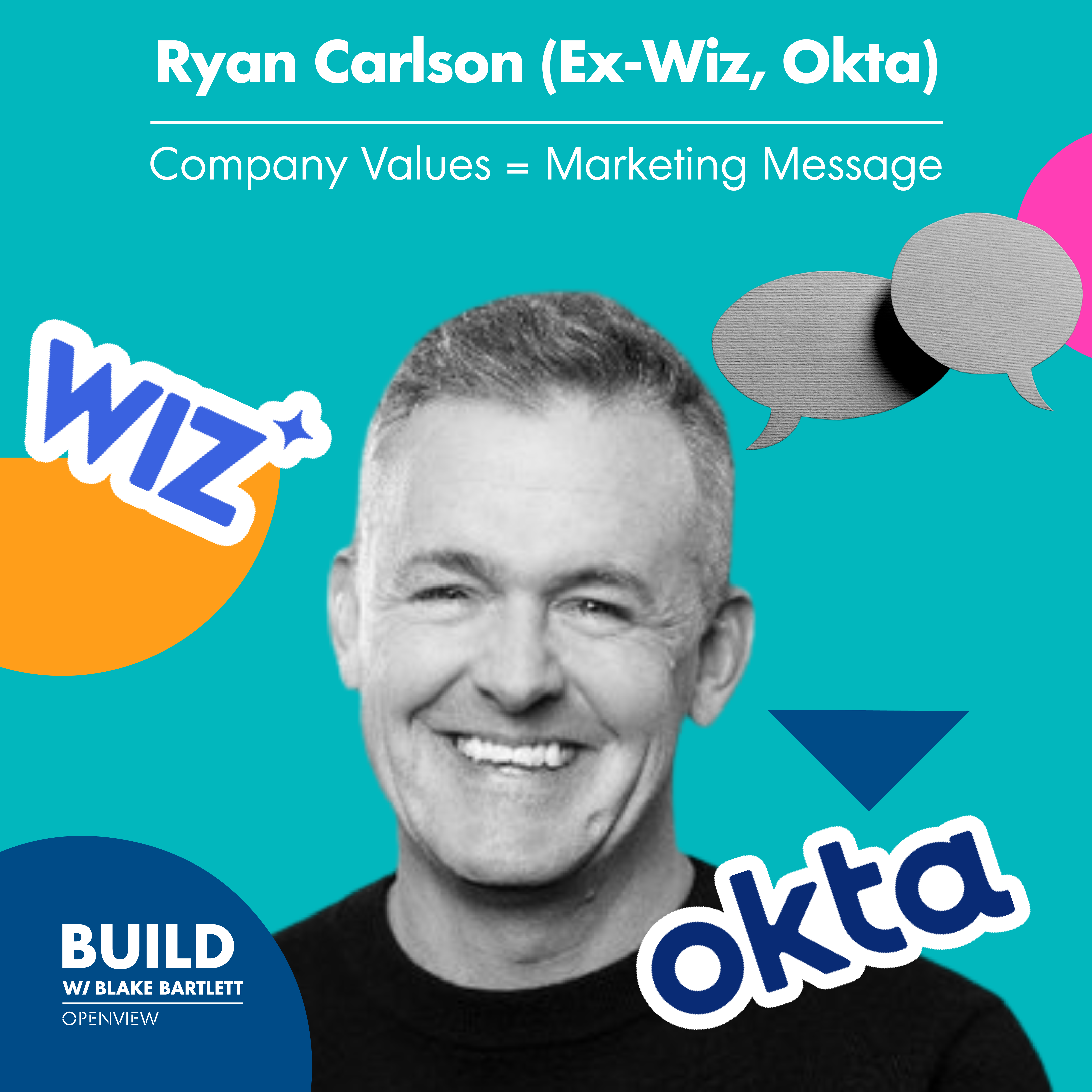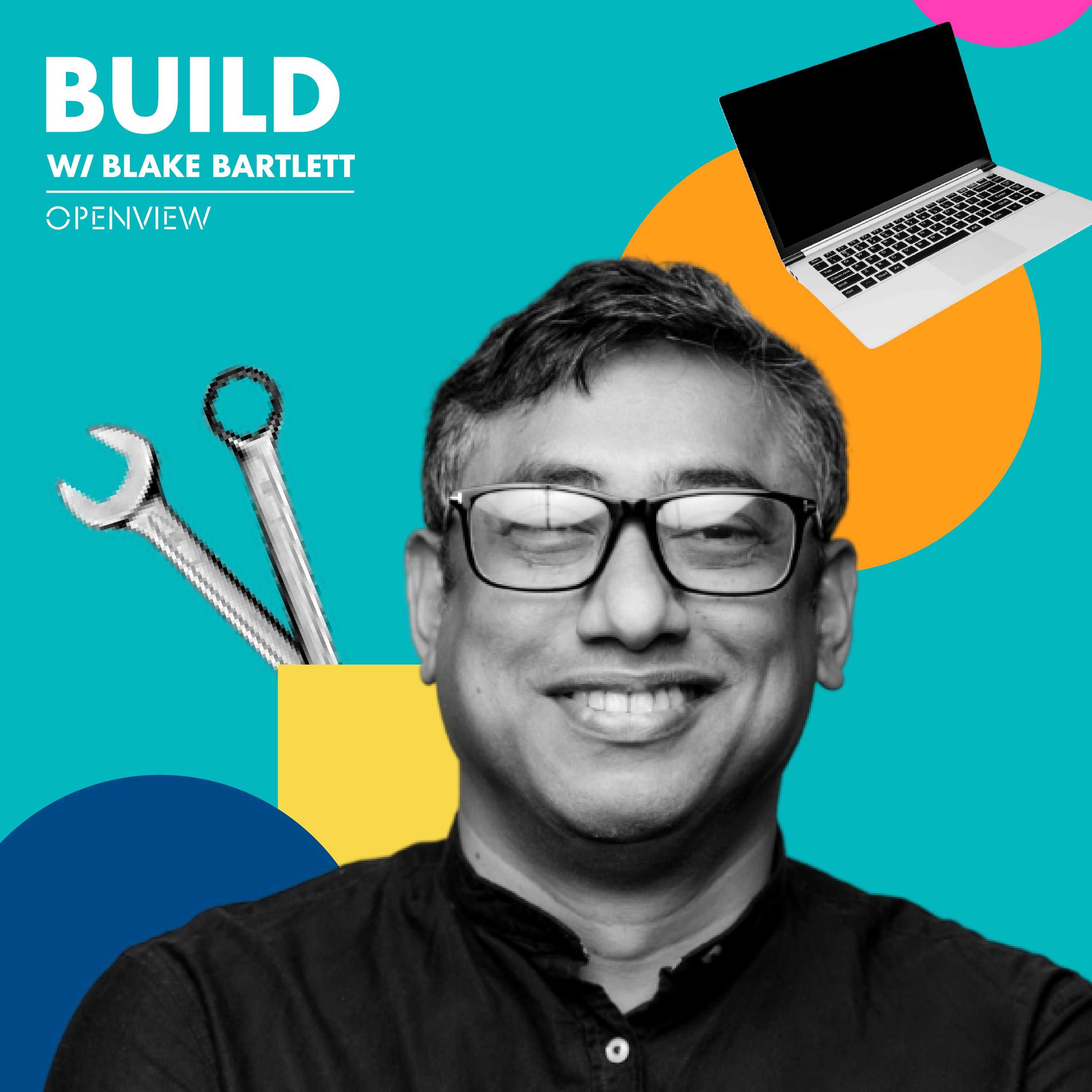Alex Bilmes (Endgame): The PLG Funding Boom Explained
- 0.5
- 1
- 1.25
- 1.5
- 1.75
- 2
Blake Bartlett: So, if product led sales is all about selling to people who are already using your product that might present a little bit of a chicken and egg problem, which is how do you get people using your product in the first place?
Alex Bilmes: Yeah no, that's a tricky one. Product market fit is likely, as most founders will tell you, the most existential, and challenging thing to solve for. And once you have that figured out, all else is easier. The big question is what is sales, and what does sales mean at the earlier stages? We have customers where the founder pre- sales team is using Endgame to better understand the customer, and better understand what information is important for them. And is able to look at usage within an account that then helps them reach out to someone. So, I would call sales as being broader than purely a sales team that has been higher to go, and execute against a go to market plan with certain goals. We see growth teams often do sales early on before there's a sales team already in place. And they're using a system like Endgame as an example, to proactively reach out based on certain behavioral characteristics, and then engage with them and ask a lot of questions. It's actually what we used Endgame for before we had a salesperson on our team. And so, how do you actually just see what people are doing? How does that give you an understanding of what sales might look like? And how do you start building the muscle before you have a fully formed sales team? So, there's a place for product led sales as soon as you have a product, maybe even before you have sales.
Blake Bartlett: Awesome. Here's the new playbook which is get user signups, make sure those users get value out of the product on a self- serve basis.
Alex Bilmes: Old way, new way.
Blake Bartlett: Yeah. Watch to see which users are most likely to convert based on engagement and fit, apply sales pressure, increase conversion, like that's kind of the playbook.
Alex Bilmes: Yeah. So to me, it's a slightly different take on what is the old way versus what is the new way? And I can talk you through how people used to sell less from a day in the life of a salesperson, but from a market go to market perspective. I think there's like, listen, salespeople used to sell by going to, I don't know, Top Golf. And I can tell you some stories, man. I've talked to sales reps who have literally gone to their customers' homes to barbecue with them, and have convinced them that if they do not buy a piece of software their wife will leave them because they will get fired. That is like old school, pseudo sociopathic, no judgment, but that's the sales tactic of the old time. So, basically, you're reaching out proactively, aggressively. You're calling people, you're showing up at their house. You're knocking on their door kind of door- to- door, what have you. You're convincing them you have to have this. Maybe it's going to provide value to it. Maybe your loved one will leave you if you don't buy it. Maybe you will stop respecting yourself. Whatever it is, you're using whatever tactic you have on your belt to convince somebody that they should buy this. Usually, that is done through a lot of conversations, a number of slide decks. So, slide deck, after slide deck, after slide deck. Technical questionnaire versus, I don't know, getting into a room and just kind of hashing this out. Then, after that happens, you basically go through a pretty lengthy deal negotiation process where you're going back and forth. And you're kind of redlining. You're talking about various terms that, frankly, don't mean that much, such as what is the renewal cost going to be five years from now if we continue you using the product for five years? Then, you end up selling the deal based on promise. Then, you hand it over to an implementation team that has literally never talked to the customer before." All right, let's get you up and running." Many times the product never gets implemented at all, or it gets implemented really poorly because the implementation team just has absolutely no context on why the product was purchased in the first place. Then, at some point, there's a renewal conversation, and the deal gets renewed, or it doesn't, or a few of the people that were part of the deal in the first place have now left the company, and have gone somewhere else. And so, that's the sort of traditional sales process, or how it used to be done. And, by the way, in each part of that you would get handed off from one team to another team. So, you get handed off from an SDR, to an AE, and then to an SE, and then to an implementation specialist, and maybe that's the CSM, or maybe you have another solutions engineer, and then you have an account management. And so, there's all these handoffs, pretty brutal process. Now, it's very different, it's very simple. You, as an individual, who wants to use a product, you go onto a website, you see a Sign Up button, you sign up, you go and you try the product. And if you like it, you go and invite somebody else. And they try the product with you. And then, you might invite some other people. And this all happens organically. And, at a certain point, a sales person says," Look at this beautiful account. People are using it and they're getting a ton of value." And you reach out to them and you say," Hey, we would really love to partner with you. Let me send you a proposal." And then, the person on the other side says," Hey, I have to have somebody else sign this, let me forward it along." And it gets signed. And the customer's already onboarded. They're already receiving so much value. They're already using the product on a daily basis. It's already proliferating within the organization. And there's no implementation to be done. And then, there are people that are just gently supporting, and nurturing that usage, and being incredibly helpful. And it's a really beautiful way to build a business.
Blake Bartlett: Supporting not convincing. That was my big takeaway from that.
Alex Bilmes: Yeah. It's a little bit of a ramble. You're not twisting arms. Well, it's pull versus push. If somebody's pulling something from you, it's so much easier versus pushing it uphill. And so, it just makes for a better customer experience. It makes for a better business. It's also just how sales teams prefer to work now. I don't know many salespeople that want to go to sort of a push type business, where you're really having a twist arms to get people to buy the product, because it's just so much harder.
Blake Bartlett: What's your view of funding dynamics for PLG software companies today? What's driving this dynamic and how are all of these PLG companies deploying the VC dollars they raise?
Alex Bilmes: The funding dynamics these days are crazy for many companies, particularly companies that are doing well. And there's probably a disproportionate share of companies doing well that are also PLG companies because, as you and I know, PLG businesses just tend to do better than their non- PLG counterparts. There's an interesting dynamic. So you go and you raise a ton of money at a crazy valuation. And six months later, you raise even more and more at an even crazier evaluation. And this money is attractive, the terms are incredibly good. The companies that get these incredible terms, as mentioned, are these companies that are already doing really well, but they're doing really well in the sense that they may have these incredible bottom- up tailwinds. And they're raising this capital with the promise that these bottom- up tailwinds turn into really meaningful revenue and crazy growth rates. And so, the first thing that you do, if you have a ton of money in a bottom- up funnel is you go and you hire the sales team to juice whatever funnel you have, and try to figure out where the revenue opportunities are. And you're doing a few things. You're just trying to build a high velocity, sustainable sales motion. You're trying to dramatically increase the size of the deals. Maybe you have 20 million, 10 million, 30 million, 50 million users, which happens now pretty regularly in some of these later stage private deals that you and I have both seen. And so, from there you say," Okay, we now have an incredibly large budget on sales. And so where does that money go?" It goes one, towards hiring, training, recruiting these sales teams. Then, it goes into a lot of the systems that make it all possible. This is where Endgame comes in, and why we've been doing well and are excited about this trend is because as is all this capital, you've got to figure out a way to deploy it. Number one, priority is always top line revenue, particularly as you already have the usage in the brand. And so, every one of these companies is just trying to figure out how to maximize revenue from this incredible funnel they've already built. So, you kind of go from this product market fit piece that we talked about earlier to now you've built the motion. You've experimented with product led sales, you've found areas of success, and now you have all the capital you could possibly need to go and build it into a machine. And so, you're building a machine, and you're building an army that knows how to use that machine. And you're just investing as much as you possibly can as quickly as you possibly can. The slightly scary piece is the bar is so much higher, so the goals are so much higher, and the aspirations are so much higher, and the ambition is so much more intense. And so, it'll be interesting to see how it plays out, but there are some truly incredible companies that are growing it just crazy clips. And so, I'm really excited to see how they invest, and taking advantage of the opportunity that they already have in their business, and building successful sales teams on top of that.
DESCRIPTION
PLG companies are raising larger rounds than ever, at higher prices than ever. Seeing this prompts two BIG questions. Why is this happening? What are these companies going to do with all that cash? Alex works directly with these companies and their GTM teams, and tells us what he has been seeing.
To hear this interview and more like it, subscribe on Apple Podcasts, Spotify, our website, or search for BUILD with Blake Bartlett in your favorite podcast player.
Mentioned in this episode:
Sign up for OpenView's weekly newsletter
Alex Bilmes, Founder and CEO at Endgame
Follow Blake Bartlett on Linkedin.
Podcast produced by OpenView.
View our blog for more context/inspiration.
Today's Host

Blake Bartlett
Today's Guests







